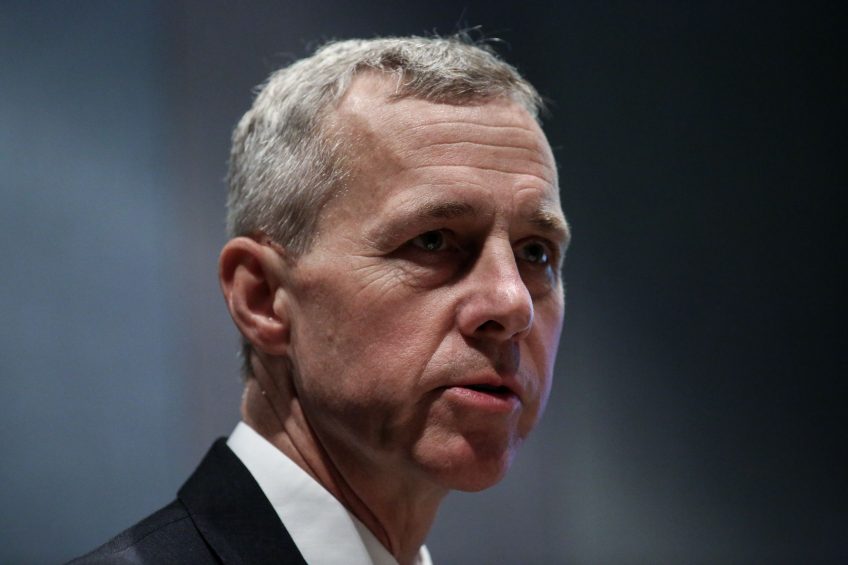Defra downgrades AI risk: English poultry to be allowed out

All poultry in England is to be allowed outside from Thursday (13 April) as Defra has downgraded the risk of avian influenza spread from wild birds.
The UK’s chief veterinary officer Nigel Gibbens said that, while the H5N8 strain of bird flu that has caused more than 1,000 outbreaks across Europe this winter may remain in the environment, the danger of cross contamination had subsided.
See also: Poultry World has full analysis of avian influenza this winter
As a result, birds still subject to compulsory housing orders across England, usually because they were close to large bodies of water, can be allowed to range again.
Ban on poultry gatherings still in place
The ban on gatherings of poultry, such as pure breed showing, remains in place until further notice.
English housing for poultry now in line with Wales & Scotland
It brings the housing requirements in line with Wales and Scotland, where all birds were allowed to range, subject to detailed risk assessment. That risk assessment, and enhanced biosecurity measures, will continue to apply to English all poultry keepers.
Housing birds in free-range systems not sustainable
The change in policy came as poultry industry leaders warned that the warmer weather posed a threat to housed birds in systems designed to be free-range.
Mark Williams, chief executive of the British Egg Industry Council, said last week that producers were concerned about ventilation systems’ ability to cope and potential health issues, such as red mite.
On 9 April the hottest temperature this year was recorded – 25C in Cambridge.
Defra said the change was based on “the latest scientific and veterinary advice”. Wild birds have now left the UK, resident wildfowl are at their lowest levels and entering their breeding season, meaning they will not travel as widely, it said.
English poultry keepers still need to be alert
The last bird in the UK found to have avian influenza was in the South West of England on 10 March.
Avian influenza incidence across the UK 2016-17
Map created by: FarmersWeekly
Mr Gibbens said the new regime did not mean “business as usual” for poultry producers. “the risk from avian flu has not gone away and a Prevention Zone remains in place, requiring keepers across England to take steps to prevent disease spreading”.
“We continually review our disease control measures in light of new scientific evidence and veterinary advice. Based on the latest evidence on reduced numbers of migratory and resident aquatic wild birds we believe that kept birds in the areas we previously designated as Higher Risk are now at the same level of risk as the rest of England and may now be let outside.
Detailed guidance can be found on Defra’s avian influenza home page












